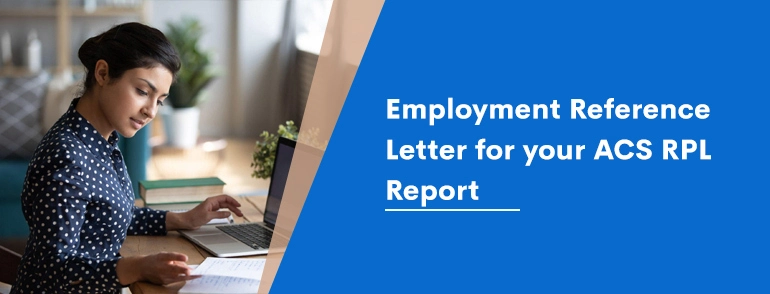Australia is a land of opportunity, attracting thousands of migrants every year with its vibrant economy, high standard of living, and stunning natural beauty. Whether you are looking to study, work, or live permanently in Australia, understanding the visa application process is crucial. One of the primary decisions you’ll face is whether to apply for your visa onshore or offshore. In this blog, we’ll explore the differences between the onshore and offshore visa application processes in Australia to help you make an informed decision.
Onshore Visa Application
Applying for a visa while you are already in Australia is known as an onshore application. This process is available to individuals who are already in the country on a valid visa and wish to extend their stay, change their visa type, or apply for permanent residency.
Advantages of Onshore Visa Application
- Convenience
- You are already in Australia, so you can continue living and working while your visa application is being processed.
- You have easier access to support services and assistance if required.
- No Need for Departure
- You don’t need to leave Australia during the application process.
- Faster Processing
- In many cases, onshore visa applications are processed more quickly than offshore applications.
Disadvantages of Onshore Visa Application
- Limited Options
- Not all visa types are available for onshore application. For example, some temporary visas must be applied for offshore.
- Restrictions on Work Rights
- While your application is being processed, you may have restrictions on your work rights.
- Possible Complications
- If your current visa expires before your new visa is granted, you could become unlawfully present in Australia.
Offshore Visa Application
An offshore visa application is made while the applicant is outside of Australia. This process is suitable for those who are planning to visit Australia or are applying for certain visa types from outside the country.
Advantages of Offshore Visa Application
- More Visa Options
- Some visa types are only available for offshore application.
- Less Complex
- Generally, the application process for offshore visas is less complex compared to onshore visas.
- No Restrictions on Work Rights
- You can continue to work in your home country while your visa application is being processed.
Disadvantages of Offshore Visa Application
- Separation from Australia
- You need to be outside of Australia when you apply, which may be inconvenient for some.
- Longer Processing Times
- Offshore visa applications often take longer to process compared to onshore applications.
- Limited Support Services
- You may have limited access to support services while applying from outside of Australia.
- You may have limited access to support services while applying from outside of Australia.
Learn more : Know your ANZSCO code for your occupation 😎✨
Differences Between Onshore and Offshore Visa Application
| Feature | Onshore Application | Offshore Application |
|---|---|---|
| Location of Applicant | Inside Australia | Outside Australia |
| Visa Options | Limited options | More options |
| Work Rights | Restricted during processing | No impact on current work status |
| Processing Time | Generally faster | Longer processing times |
| Access to Support | Easier access to support services | Limited support services |
Example
Let’s consider two hypothetical scenarios to illustrate the difference between onshore and offshore visa application:
Scenario 1: Onshore Visa Application
Maria is currently in Australia on a student visa and has completed her studies. She wishes to stay in Australia and work temporarily to gain some professional experience. Instead of returning to her home country and applying for a work visa, Maria decides to apply for a Temporary Graduate visa (subclass 485) while she is still in Australia. By applying onshore, Maria can continue living and working in Australia while her visa application is processed.
Scenario 2: Offshore Visa Application
John is living in the United Kingdom and has been offered a job in Australia. He needs to apply for a skilled work visa (subclass 189) to be able to move to Australia. Since this visa is only available for offshore application, John needs to return to the UK and lodge his visa application from there. While his application is being processed, John can continue working in his current job in the UK.
Conclusion
Deciding whether to apply for an onshore or offshore visa in Australia depends on your individual circumstances, visa type, and personal preferences. Understanding the differences between the two processes can help you make an informed decision and ensure a smoother visa application experience.
Whether you choose to apply onshore or offshore, it’s essential to familiarize yourself with the specific requirements and guidelines for your chosen visa type and seek professional advice if needed. With careful planning and preparation, you can navigate the Australian visa application process successfully and start your new adventure Down Under!
Checkout : Get Expert vetassess lodgement help.⭐✨⭐
FAQs
Which is better onshore or offshore visa application?
The best option could be to apply onshore for an 820 or 801 visa if moving to Australia quickly is your top objective. But if you’re not in a hurry and would rather have a less complicated application process, applying overseas (309 and 100 visas) can be a better choice.
What is the difference between onshore and offshore visa applications?
Onshore applications are made while you are in Australia, whereas offshore applications are made while you are outside Australia.
Can I travel while my onshore visa application is being processed?
Yes, you can usually travel in and out of Australia while your onshore visa application is being processed. However, you must hold a valid visa allowing you to return t




